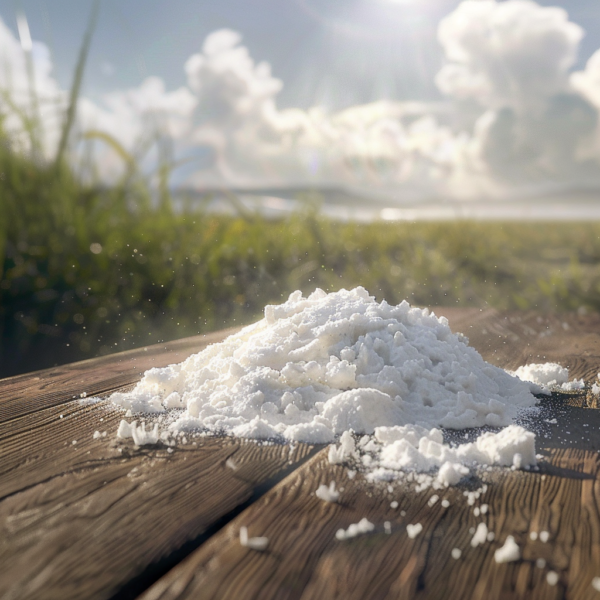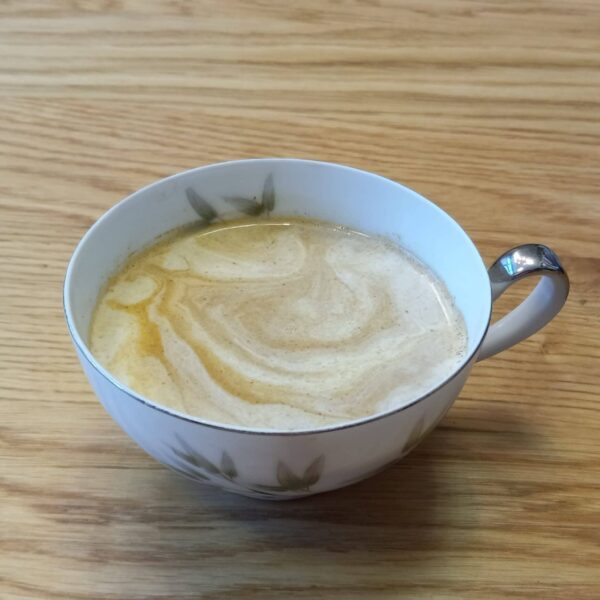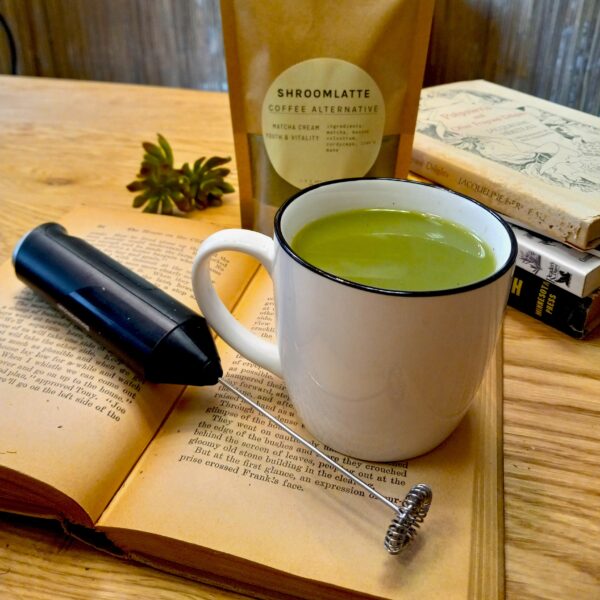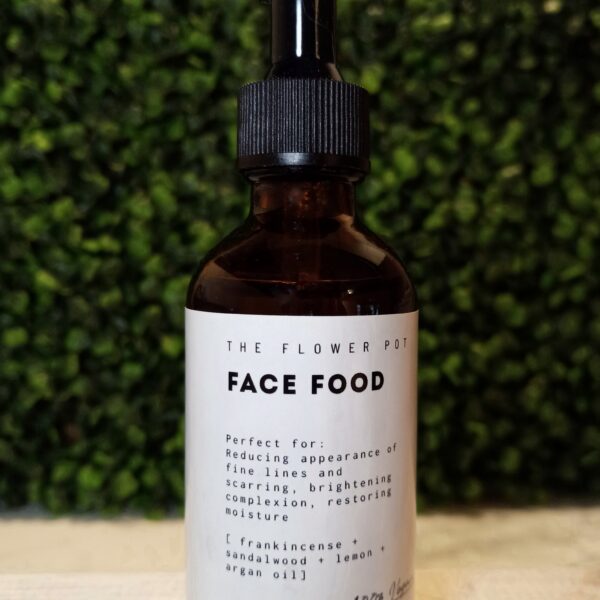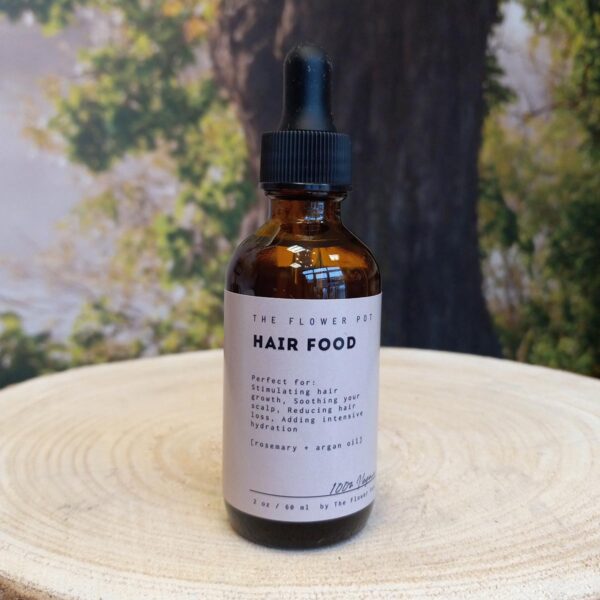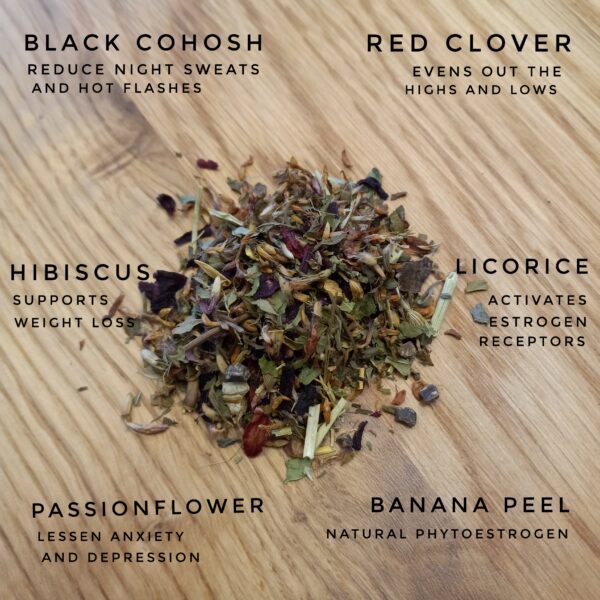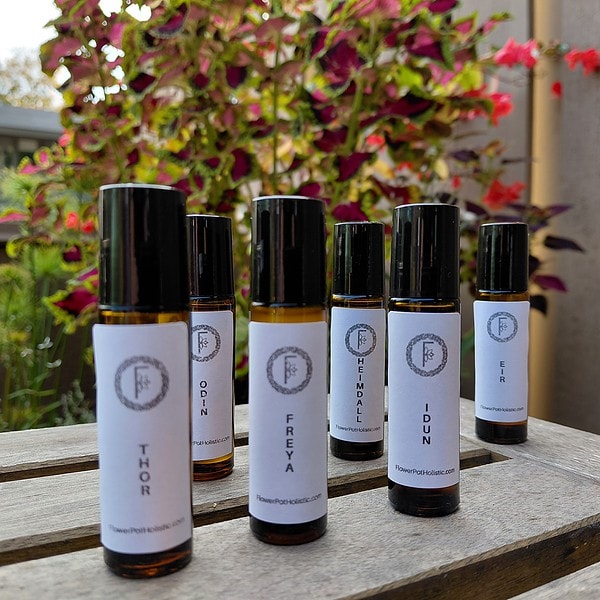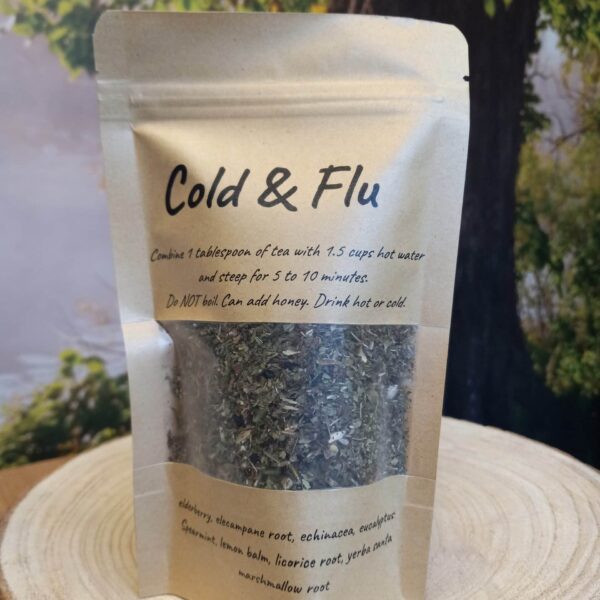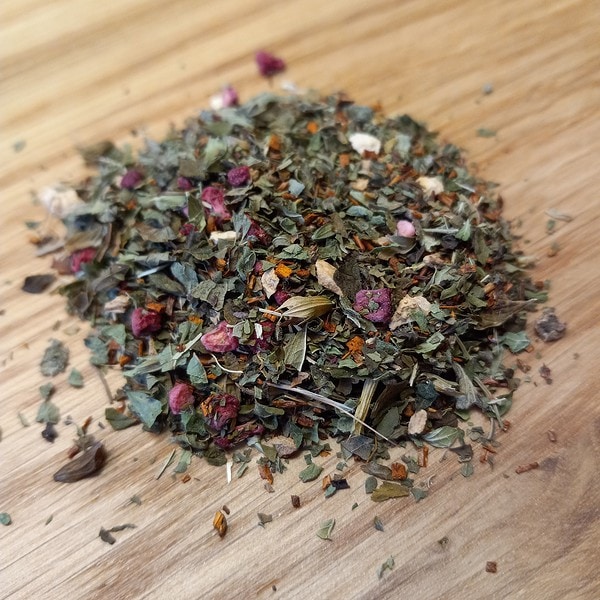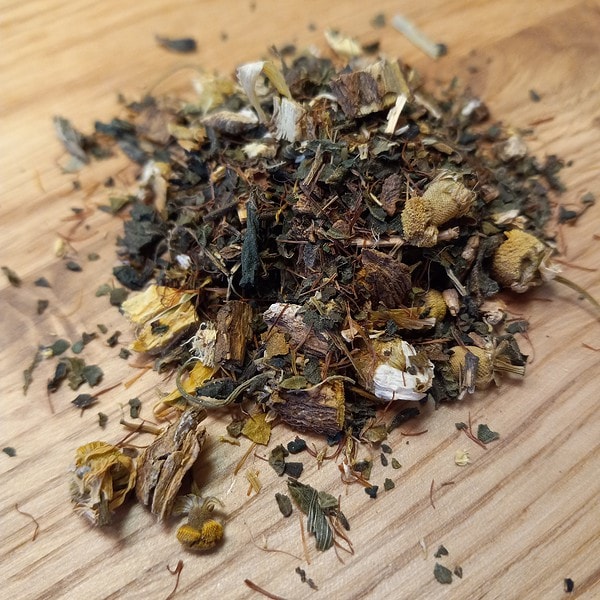Often referred to as “bone-knit” or “knitbone,” this remarkable herb has been revered for centuries for its incredible healing properties, primarily when used externally. Even the Vikings recognized its potent abilities, carrying it with them as they sailed.
Traditional Topical Uses
Comfrey is most often used externally for wounds, injuries, and inflammatory conditions. The leaves and roots are rich in allantoin, a compound that actively promotes cell growth and repair. This makes comfrey helpful for:
- Wound Healing: Historically, comfrey has been applied as a compress or incorporated into salves to help mend wounds and stop bleeding. Its ability to accelerate cell regeneration makes it a powerful aid in tissue repair.
- Pain and Inflammation Relief: Whether in a salve form or as a poultice, comfrey is traditionally used to alleviate pain and reduce inflammation. It’s a go-to herb for sprains, bruises, and even bone breaks, helping to speed up recovery and soothe discomfort.
- Joint and Muscle Support: Sufferers of back pain or arthritis have often turned to comfrey salves for its analgesic and anti-inflammatory effects, finding relief and improved mobility.
- Skin Conditions: Salves made from comfrey, particularly from its roots, have been applied to burns, rashes, and eczema to calm irritation and promote healing.
Important Safety Warning: A Note on Internal Use
There are historical accounts of weakly made comfrey tea being used for heavy menstrual bleeding or bloody urine, and gargles for bleeding gums. However, these applications should only ever be considered under the direct supervision of an experienced herbalist due to the potential for liver damage, even from small internal doses. In fact, many safer and more effective herbs are available for such conditions, and personally, I would not recommend its internal use. Comfrey contains pyrrolizidine alkaloids, which can be toxic to the liver. It is absolutely crucial to understand that comfrey leaves and roots are NOT edible and are not recommended for internal consumption. Always prioritize safety and consult with a qualified health professional or experienced herbalist before considering any internal use of potent herbs.
Growing and Harvesting Your Own Comfrey
Comfrey is a resilient and generous plant, making it a rewarding addition to any garden.
- Growing Conditions: Grows well in USDA Hardiness Zones 3 through 9.
- Symphytum officinale thrives in moist, well-drained soil and prefers full sun to partial shade. It’s a perennial, meaning it will return year after year, and can grow quite large, so give it ample space. It can be propagated from root cuttings or by division in the spring or fall.
- Harvesting Leaves: You can harvest the leaves throughout the growing season, from spring to late summer. Simply snip the outer leaves near the base of the plant. Comfrey is a vigorous grower, and you can usually get several harvests in a season.
- Harvesting Roots: The roots are typically harvested in the autumn after the plant has died back for the year, or in early spring before new growth begins. Dig up the root ball, clean off the soil, and prepare them for your desired use. Remember, processing comfrey for salves or compresses involves careful preparation, often drying and infusing the plant material into oils.
The Verdict
Comfrey is great for external applications to soothe, mend, and repair, but dangerous to take internally. This is a clear case of a plant with a specific, and powerful, purpose — and that understanding the safe and appropriate use of each herb is important.
Join Our Mailing List!
Sign up and be the first to know about specials, promotions and our latest articles on health and wellness.
Cara Schulz
Cara Schulz, a cancer survivor and green tea lover, has opened The Flower Pot, a holistic wellness shop in Burnsville that offers products ranging from medicinal teas and wellness tonics and herbal tinctures.

